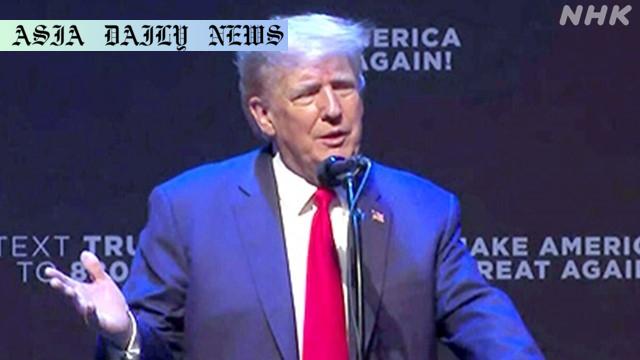Japan deal: US President Donald Trump announced a new deal with Japan, introducing reciprocal tariffs at 15%, revealed on social media.

Introduction: Understanding the Japan Deal
On Tuesday, President Donald Trump took to social media to reveal a new economic partnership between the United States and Japan. He highlighted a key component of the agreement: reciprocal tariffs set at 15%. The announcement has sparked widespread discussions among economists, global policymakers, and businesses. This landmark policy aims to redefine trade relationships between the two nations, marking a pivotal moment in bilateral trade agreements.
Significance of Reciprocal Tariffs
Reciprocal tariffs, as mentioned in Trump’s announcement, signify a shift toward balanced trade. By setting tariffs at an equal rate for goods exchanged between the US and Japan, the deal ensures a level playing field. This is particularly important considering the longstanding trade disparities that have affected numerous industries, including automotive and agriculture. A 15% tariff rate is expected to generate significant revenue for both nations while encouraging fair competition and fostering international trade relations.
Economic and Geopolitical Implications
The broader implications of the deal extend beyond financial figures. Economically, the agreement is poised to strengthen ties between two of the world’s largest economies, ensuring mutually beneficial exchange while addressing trade imbalances. From a geopolitical perspective, this deal reinforces the importance of the US-Japan alliance, particularly in the context of rising competition with other major economies. As the global market evolves, such agreements highlight the value of strategic partnerships in maintaining economic stability and growth.
Reception and Criticism
While many have praised the deal for its potential to bring balance and fairness, critics have pointed out possible drawbacks. Some economists warn that tariffs, even reciprocal ones, could lead to higher consumer prices and disrupt supply chains. Moreover, international trade policies often face scrutiny from global organizations, and the 15% rate may encounter resistance from some quarters. Nevertheless, the overall sentiment remains optimistic, as the deal underscores the commitment of both nations to prioritize economic collaboration.
Conclusion: A Step Towards Economic Collaboration
This announcement marks a significant moment in the realm of international trade. With President Trump’s declaration of a 15% reciprocal tariff rate, both the US and Japan stand to gain from fairer trade practices and enhanced economic ties. Moving forward, the success of this deal will depend on effective implementation and sustained cooperation between the two nations. As global attention shifts towards this partnership, it offers a compelling case study on the evolving dynamics of international trade agreements.
Commentary
Introduction: Examining the Agreement
The recent announcement by President Donald Trump regarding a 15% tariff agreement with Japan is indeed a significant stride in trade relations. This deal exemplifies how two major economies can collaborate and establish mutually beneficial terms. While such agreements continue to provoke varied reactions, the overall implications for both nations deserve thoughtful consideration.
Balancing Trade and Economic Growth
The reciprocal tariff system introduced in this deal represents a step towards balancing trade, an issue that has historically been a source of contention. The 15% rate is not only symbolic of fairness but also a potential revenue generator for both nations. From a macroeconomic perspective, this move could address existing trade deficits while bolstering industries that rely on export-import dynamics. However, questions arise about the burden of tariffs on end consumers and businesses, sparking a debate about the long-term effects of such measures.
Political and Strategic Implications
On the political stage, this agreement underscores the strategic alliance between the United States and Japan. In a global environment characterized by competitive trade policies and shifting alliances, this partnership sets a precedent for collaborative responses to economic challenges. It also highlights the evolving leadership dynamics, with President Trump’s administration continuing to focus on recalibrating international trade relationships to reflect American priorities.
Looking Ahead
As the world watches the implementation of this deal, its success will depend on how both nations navigate the challenges of ensuring fairness and maintaining competitiveness. While the 15% tariff serves as a starting point, it is critical to explore ways to mitigate any negative impacts, ensuring that the agreement benefits all stakeholders. This deal signals a commitment to strengthening bilateral relations, and it will be intriguing to observe its long-term impact on the global trade landscape.


